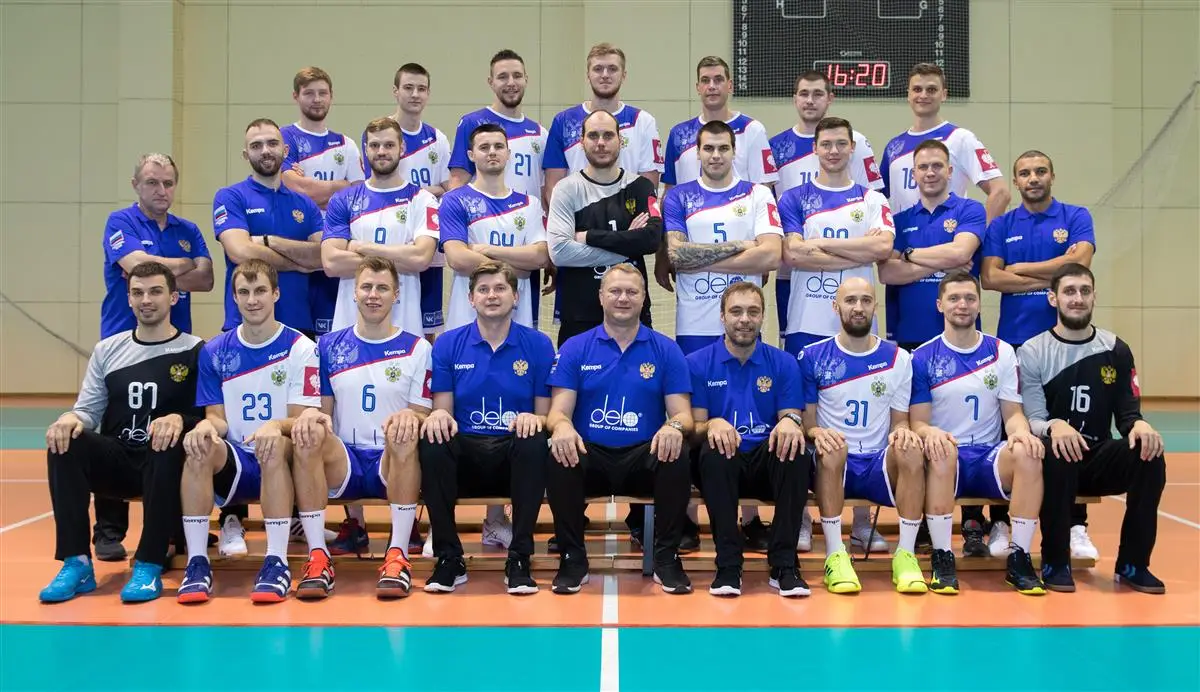
Handball combines speed, intelligence and team tactics. Over the decades of development, some teams simply participated, while others rewrote history. The best handball teams of all time have not only left their mark on the rankings but also on the minds of fans. Their style, dominance and strategic decisions have changed the approach to preparation, …

Handball is a fast-paced team sport that combines the principles of tactical football, shooting mechanics from basketball, and close contact interaction similar to hockey. Every movement on the court has a purpose: to create a moment, break out of the zone, make a shot, or prevent a pass. Teamwork plays a decisive role, and individual …
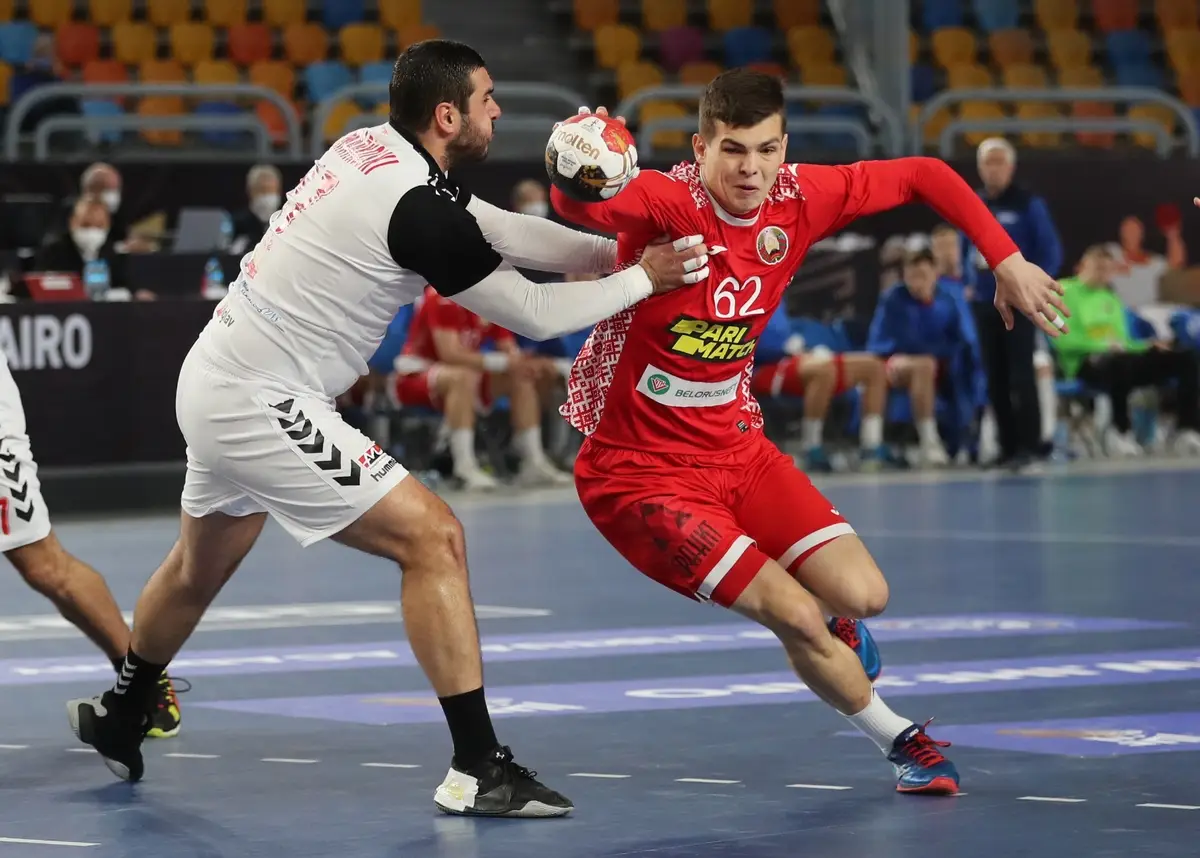
Handball remains one of the most spectacular team sports, but at the same time one of the most undervalued sports in financial terms. The physical level, the contact, the tactics, the speed… everything is top class, but salaries are only discussed in whispers. It is time to address this issue: how much do handball players …

Handball develops not only physical strength, but also character. This dynamic sport combines agility, coordination, discipline and thinking skills in one training session. When choosing a sport, this sport offers three growth opportunities: physical, intellectual and social. The benefits of handball for children are noticeable after just a few months of training: in the way …
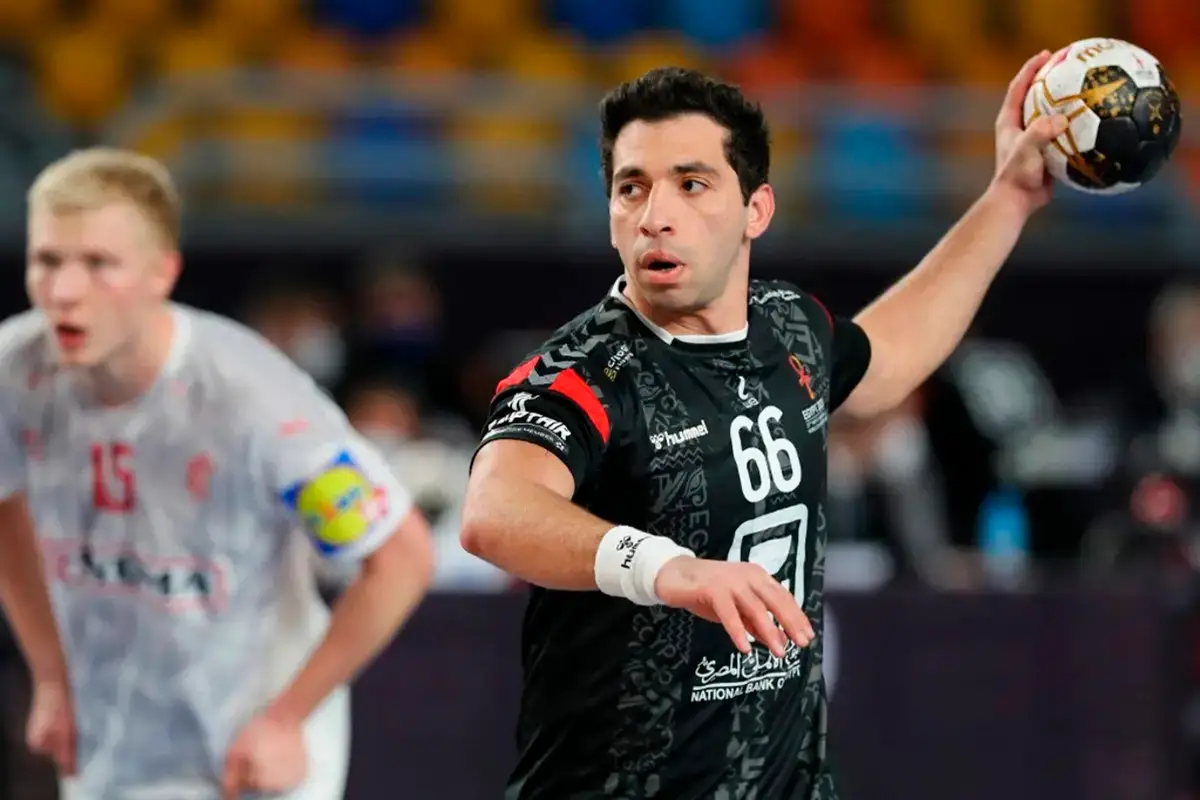
Handball is a fast and contact sport. It requires endurance and instant decision making. Because of the intense workload, the body wears out faster. But there are titled handball players who continue to perform at the top level despite their age. Their perseverance, professionalism and desire to win make them living legends. Their careers have …
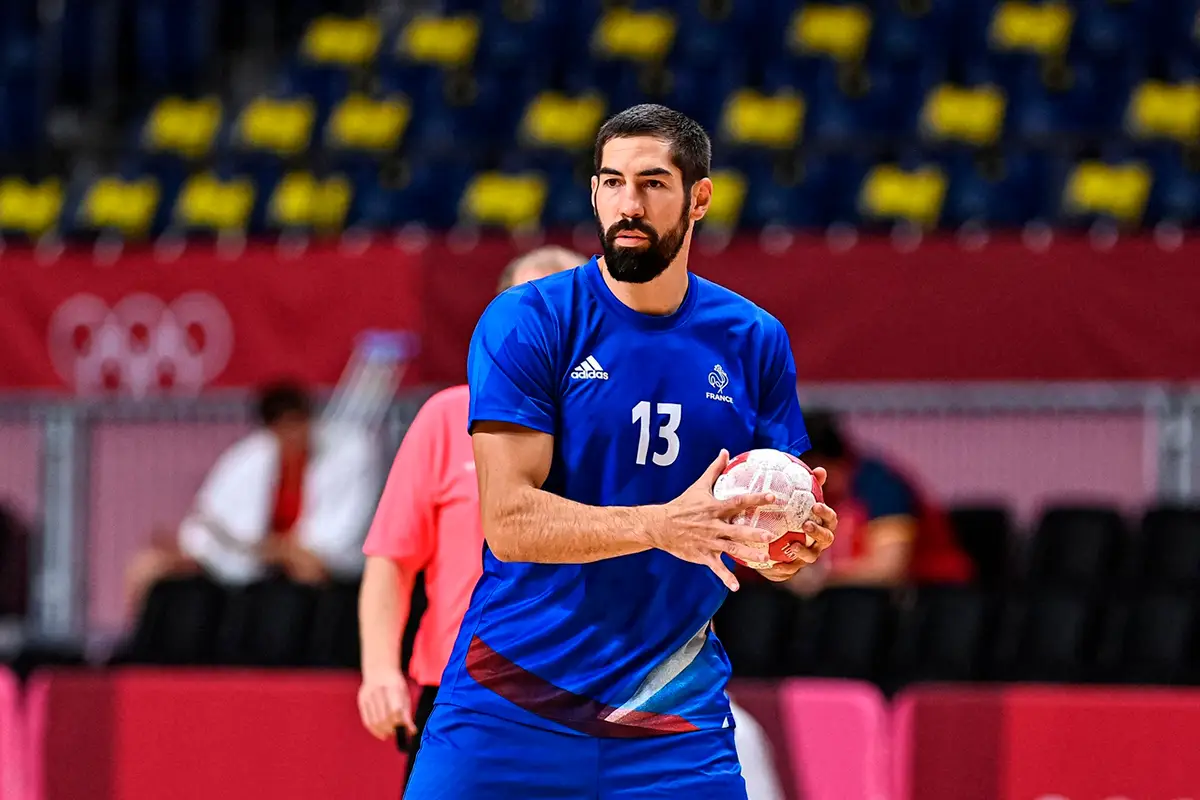
Handball legends – who are they? Names written in golden letters in history, athletes whose skills and charisma inspire millions. Great handball players become symbols of their eras, dictating new rules of the game. Statistics, technique, leadership qualities – every factor plays a decisive role. Some have shone in clubs, others have led national teams …
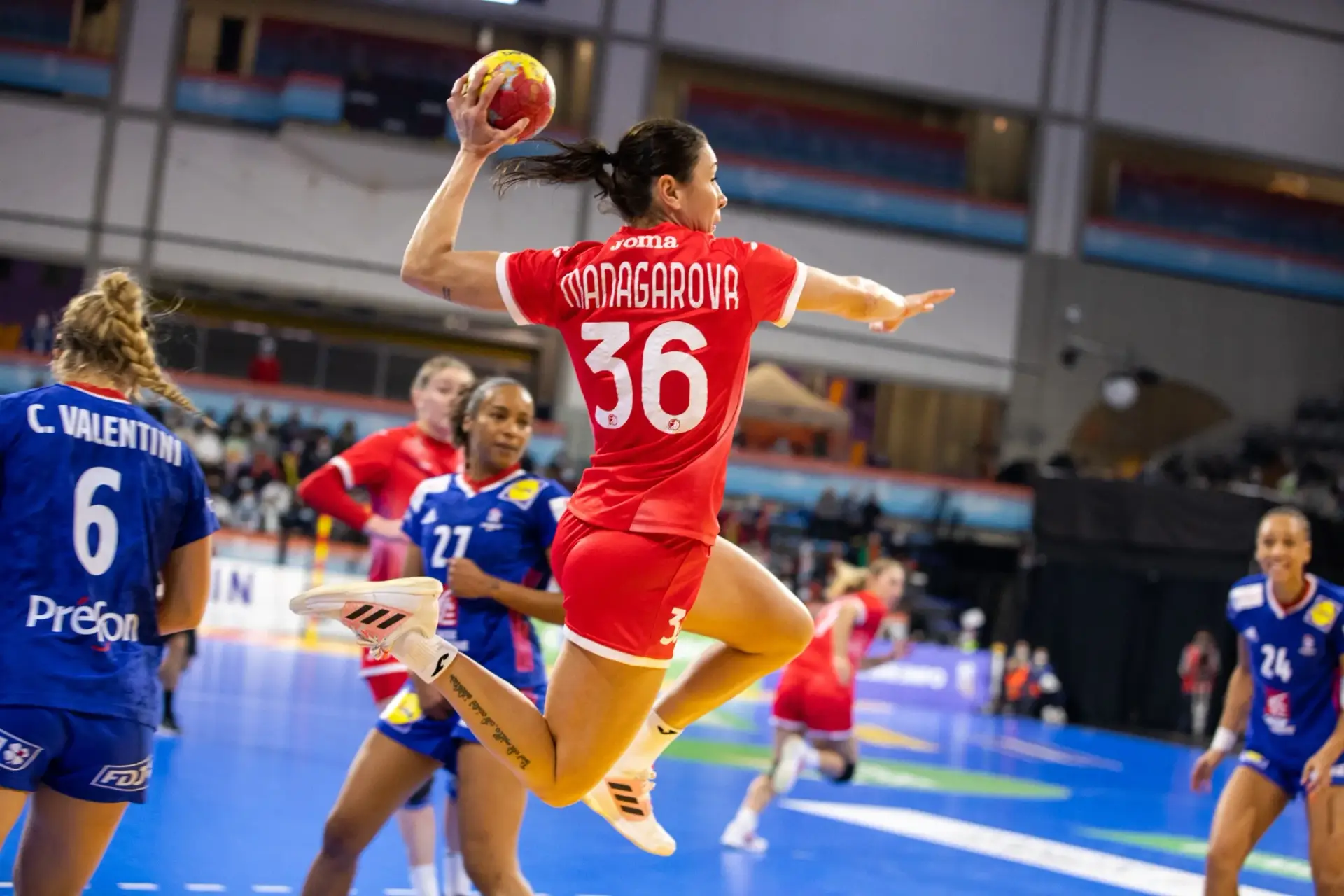
Гандбол — больше, чем просто спорт. Это буря эмоций, накал страстей и адреналин, который течет в венах у каждого игрока. И в этом удивительном мире всегда есть те, кто взял на себя роль героев — известные гандболисты, чьи достижения стали неотъемлемой частью истории.
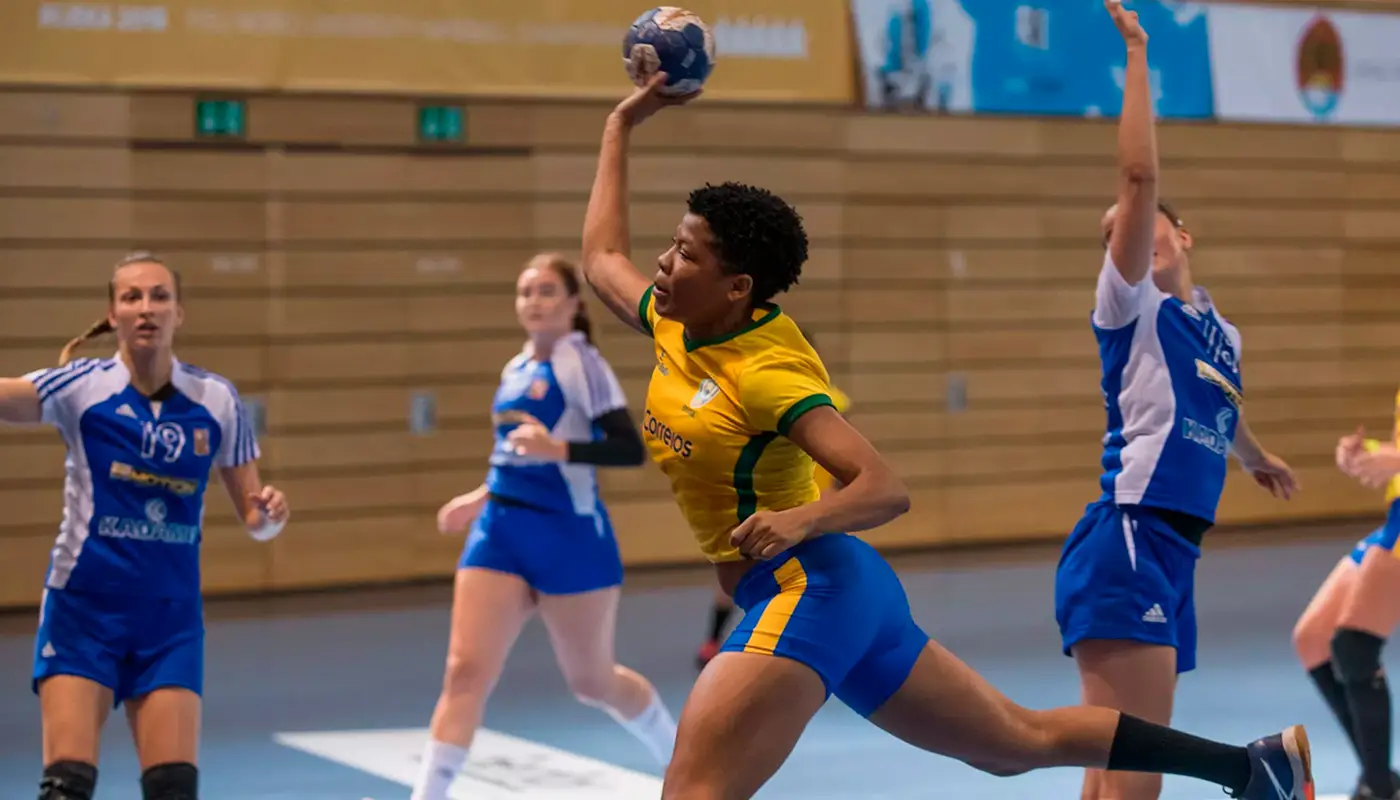
How is handball different from volleyball? Both sports are highly dynamic but require different approaches. Handball is about speed, contact and constant movement. Volleyball is tactical precision, reaction and precise combinations. Each sport has its own characteristics. They have common features as well as significant differences in technique, history and popularity. Analysing the key aspects …
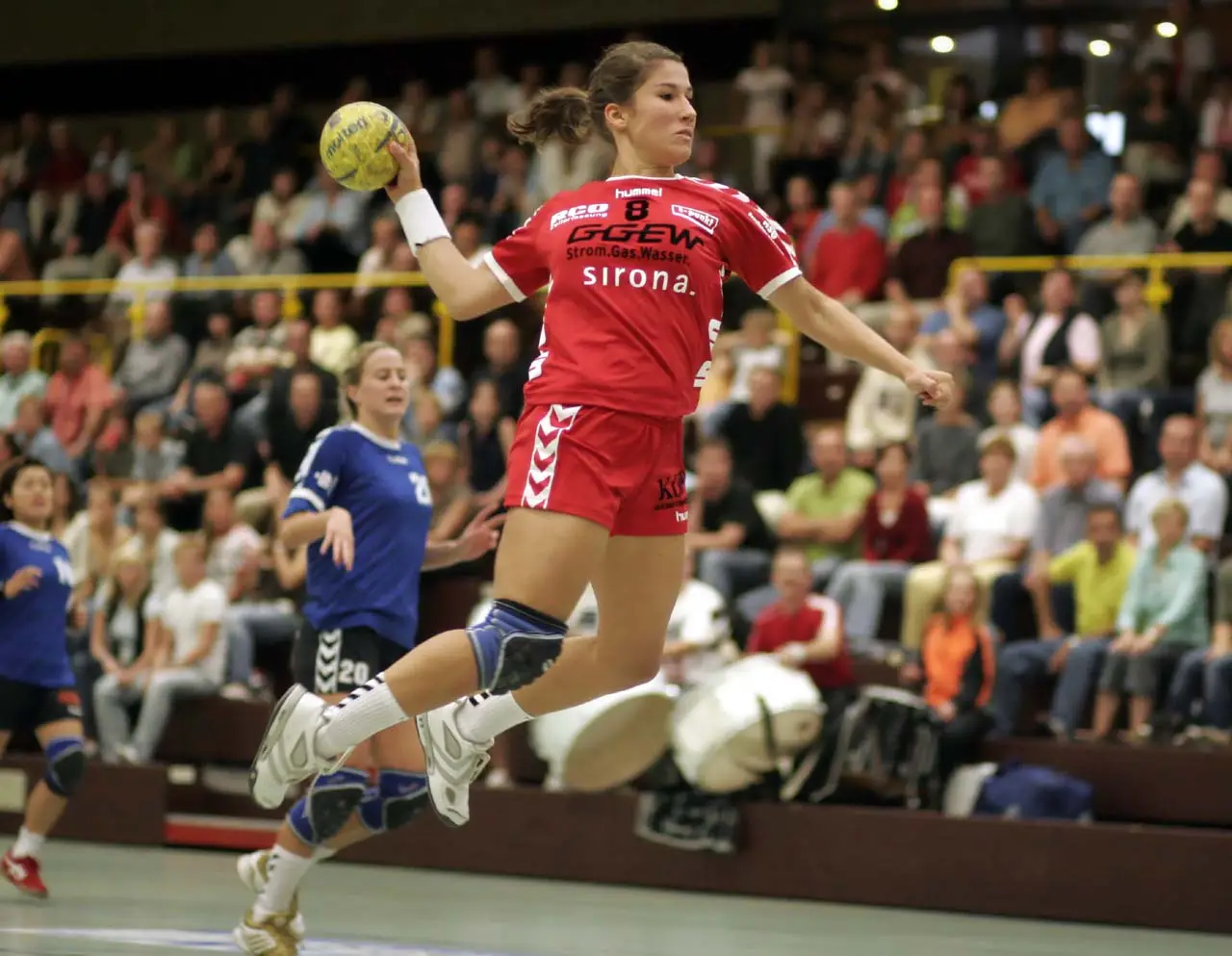
Handball is an incredible sport that combines speed, strength and team spirit. The discipline has its roots in ancient times, but only really flourished in the 20th century, when it took on modern forms and became part of the Olympics. In this article, we provide facts about handball, and it is not just about boring …
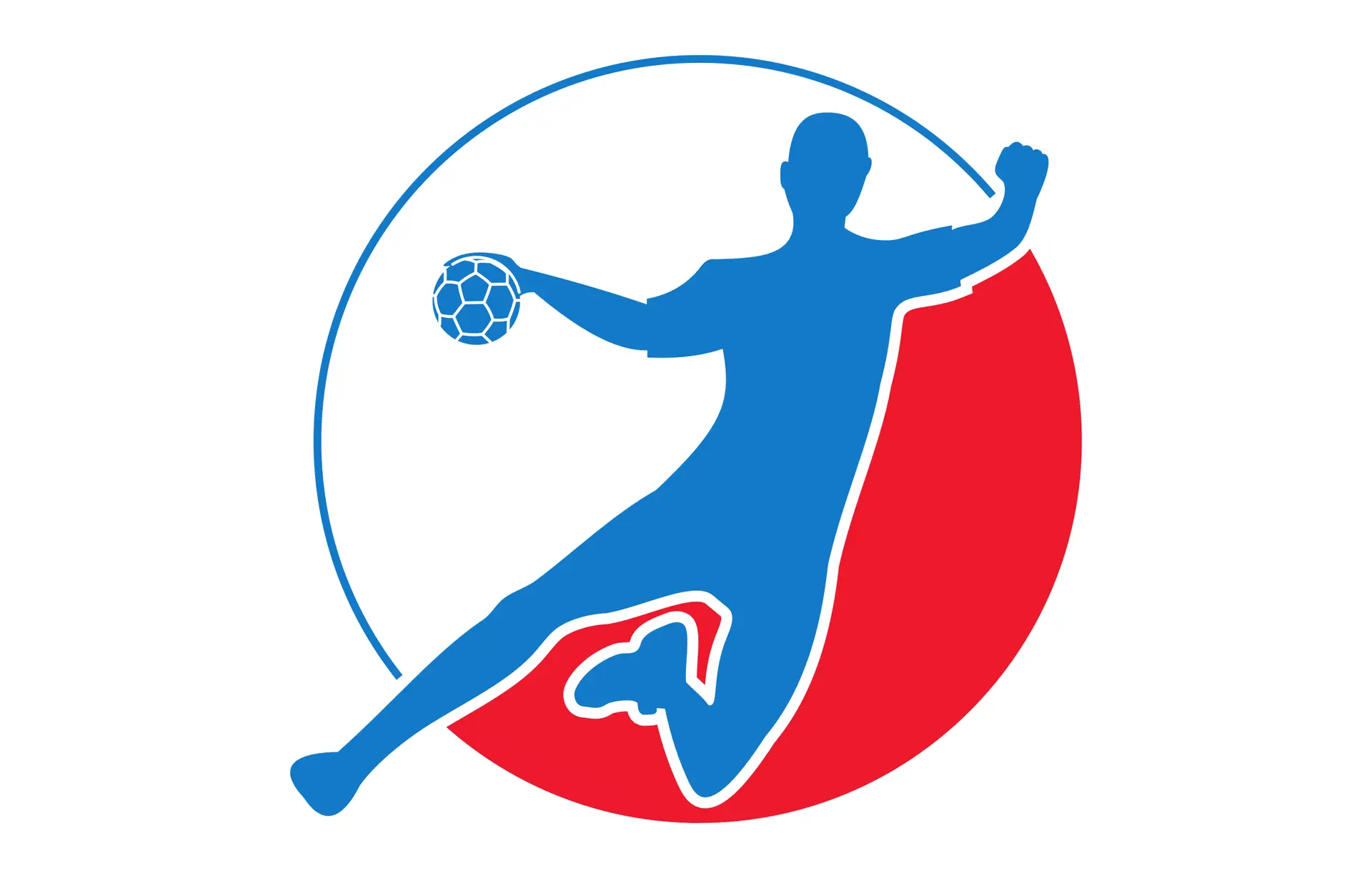
Every time a team enters the field, it feels like a battle. A battle in which not only strength and technique are important, but also spirit. Russian handball players have proved to the whole world that willpower and perseverance can turn players into legends. Today we are going to talk about those who brought the …

Handball rarely makes the headlines, but players’ incomes can sometimes surprise even fans of more popular sports such as football or hockey. So how much do handball players earn in Russia and abroad? Why do some live in luxury, while others struggle to make ends meet? Let’s look into this issue in detail. In the …

Many people who begin to study this interesting sport are interested in how many handball players are on the court at the same time. And why exactly this number. This mystery goes to the very roots of the game’s history and forms its unique character. The standards set are the result of years of analyses, …